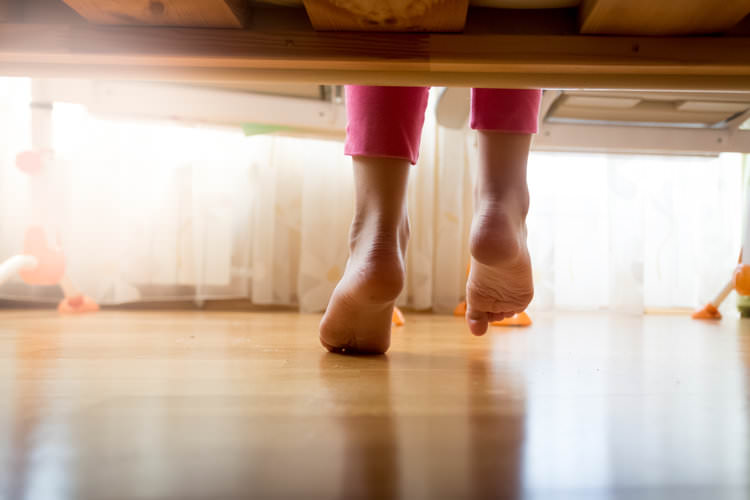You may think you know your body like the back of your hand, but how well do you know the bottom of your feet? Our soles are hidden away and seldom given much attention, but any problems with the foundations of our body can creep up and cause pain throughout. In this blog, we’re going to look at how flat feet can affect your health.
Diagnosing
If you suspect that flat feet are causing you pain, the first thing you need to do is confirm that your feet are in fact flat. Fortunately, this is very easy to do at home. All you need to do is take a sheet of paper, such as a brown paper bag, wet your feet, and step on it. When you step off, examine the footprints. The middle of the feet, where the arch is located, should curve so that the wet patch only makes it halfway. If the wet patch extends the full width of the footprint, it is quite likely that you have flat feet.
Potential Issues
Flat feet may not sound like the most problematic health issue, but the reality is that the smallest change in your feet will have a ripple effect on the rest of your body. Although many people with flat feet may experience no symptoms of pain, others do.
One of the most noticeable issues is stiffness or difficulty moving the feet. This is due to the fact that the ligaments in flat feet are stretched more often, and are not optimally designed for walking or engaging in other physical activities. This firstly means that the feet will feel stiff or restricted, but over time, this can lead to pain. The constant stretching of the ligaments in the feet, such as the Plantar Fascia, can cause nerve endings to tear, which leads to pain. This technically makes pain experienced as a result of flat feet an overuse injury, although the root of the problem is the feet themselves.
Because flat feet are not as efficient for physical activities, you may find that they tire quickly. Swelling is another commonly reported side effect, particularly on the inside of the feet, as this is where the arch should rise.
All of the issues laid out above can have knock-on effects that lea to pain in other parts of the body. Leg pain is extremely common, as the pain from the foot radiates upwards. In more indirect ways, foot pain can cause you to change your gait (walk), which often involves a type of limp favouring one leg over the other, or hunching. Favouring one leg can lead to pain on one side of the body, as well as a small tilt that will create and exacerbate pain in the back or neck area. Hunching on the other hand will lead to similar pain, but focused in the centre of the body.
Many people can have flat feet without experiencing frequent or high-level problems, while others may experience varying degrees of pain. Fortunately, this sort of pain takes time to develop and settle in, meaning the earlier you address the issues, the less problematic they will be. To learn more about how to test for flat feet, other results, and how to assess what types of shoes would be best for your feet, see this blog.

